Monsur Hossain - CORS in Action: Creating and consuming cross-origin APIs
Here you can read online Monsur Hossain - CORS in Action: Creating and consuming cross-origin APIs full text of the book (entire story) in english for free. Download pdf and epub, get meaning, cover and reviews about this ebook. year: 2014, publisher: Manning Publications, genre: Computer. Description of the work, (preface) as well as reviews are available. Best literature library LitArk.com created for fans of good reading and offers a wide selection of genres:
Romance novel
Science fiction
Adventure
Detective
Science
History
Home and family
Prose
Art
Politics
Computer
Non-fiction
Religion
Business
Children
Humor
Choose a favorite category and find really read worthwhile books. Enjoy immersion in the world of imagination, feel the emotions of the characters or learn something new for yourself, make an fascinating discovery.
- Book:CORS in Action: Creating and consuming cross-origin APIs
- Author:
- Publisher:Manning Publications
- Genre:
- Year:2014
- Rating:3 / 5
- Favourites:Add to favourites
- Your mark:
CORS in Action: Creating and consuming cross-origin APIs: summary, description and annotation
We offer to read an annotation, description, summary or preface (depends on what the author of the book "CORS in Action: Creating and consuming cross-origin APIs" wrote himself). If you haven't found the necessary information about the book — write in the comments, we will try to find it.
Summary
CORS in Action introduces Cross-Origin Resource Sharing (CORS) from both the server and the client perspective. It starts with the basics: how to make CORS requests and how to implement CORS on the server. It then explores key details such as performance, debugging, and security. API authors will learn how CORS opens their APIs to a wider range of users. JavaScript developers will find valuable techniques for building rich web apps that can take advantage of APIs hosted anywhere. The techniques described in this book are especially applicable to mobile environments, where browsers are guaranteed to support CORS.
Purchase of the print book includes a free eBook in PDF, Kindle, and ePub formats from Manning Publications.
About the Book
Suppose you need to share some JSON data with another application or service. If everything is hosted on one domain, its a snap. But if the data is on another domain, the browsers same-origin policy stops you cold. CORS is a new web standard that enables safe cross-domain access without complex server-side code. Mastering CORS makes it possible for web and mobile applications to share data simply and securely.
CORS in Action introduces CORS from both the server and the client perspective. It starts with making and enabling CORS requests and then explores performance, debugging, and security. Youll learn to build apps that can take advantage of APIs hosted anywhere and how to write APIs that expand your products to a wider range of users.
For web developers comfortable with JavaScript. No experience with CORS is assumed.
Whats Inside
- CORS from the ground up
- Serving and consuming cross-domain data
- Best practices for building CORS APIs
- When to use CORS alternatives like JSON-P and proxies
About the Author
Monsur Hossain is an engineer at Google who has worked on API-related projects such as the Google JavaScript Client, the APIs Discovery Service, and CORS support for Google APIs.
Table of Contents
- PART 1 INTRODUCING CORS
- The Core of CORS
- Making CORS requests PART 2 CORS ON THE SERVER
- Handling CORS requests
- Handling preflight requests
- Cookies and response headers
- Best practices PART 3 DEBUGGING CORS REQUESTS
- Debugging CORS requests APPENDIXES
- CORS reference
- Configuring your environment
- What is CSRF?
- Other cross-origin techniques
Monsur Hossain: author's other books
Who wrote CORS in Action: Creating and consuming cross-origin APIs? Find out the surname, the name of the author of the book and a list of all author's works by series.

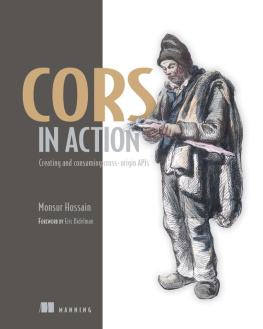
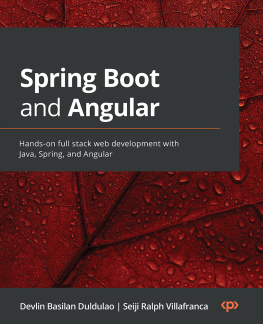

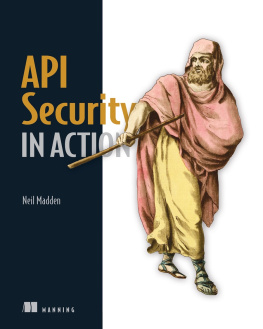
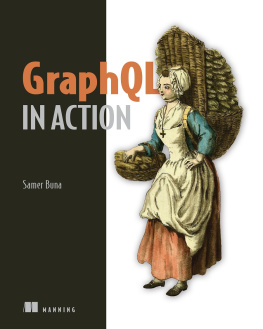
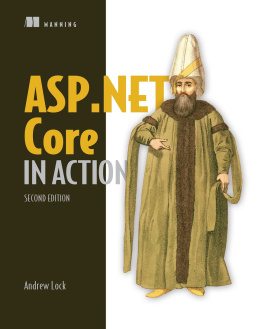
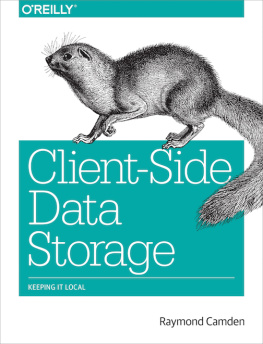



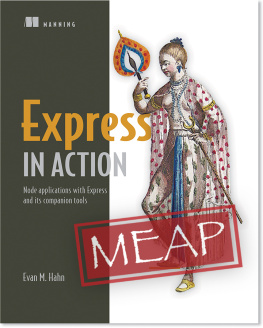
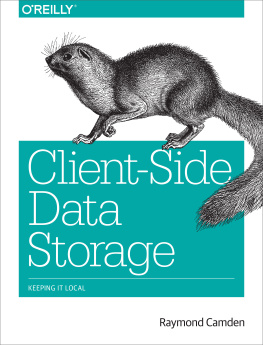


 Recognizing the importance of preserving what has been written, it is Mannings policy to have the books we publish printed on acid-free paper, and we exert our best efforts to that end. Recognizing also our responsibility to conserve the resources of our planet, Manning books are printed on paper that is at least 15 percent recycled and processed without the use of elemental chlorine.
Recognizing the importance of preserving what has been written, it is Mannings policy to have the books we publish printed on acid-free paper, and we exert our best efforts to that end. Recognizing also our responsibility to conserve the resources of our planet, Manning books are printed on paper that is at least 15 percent recycled and processed without the use of elemental chlorine.